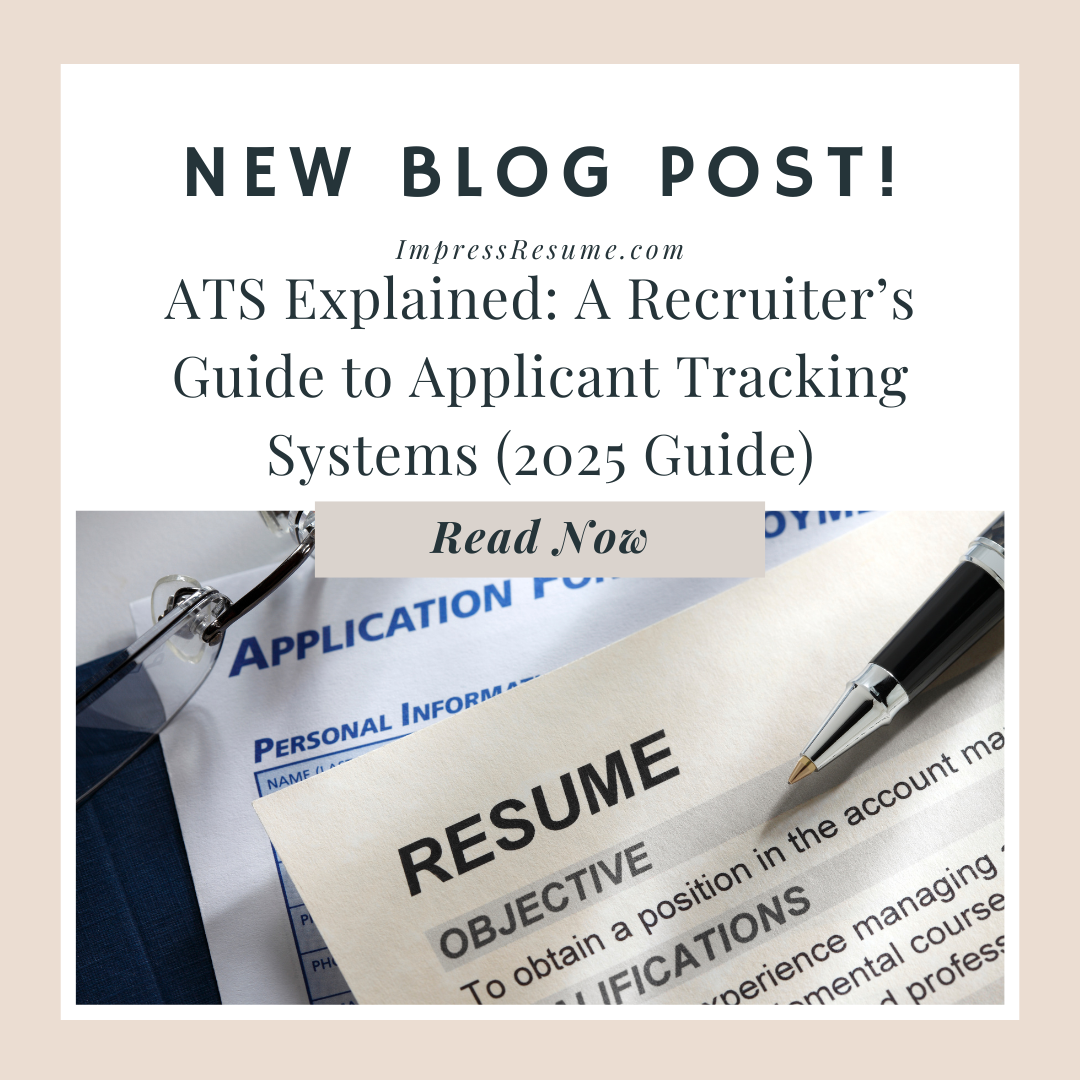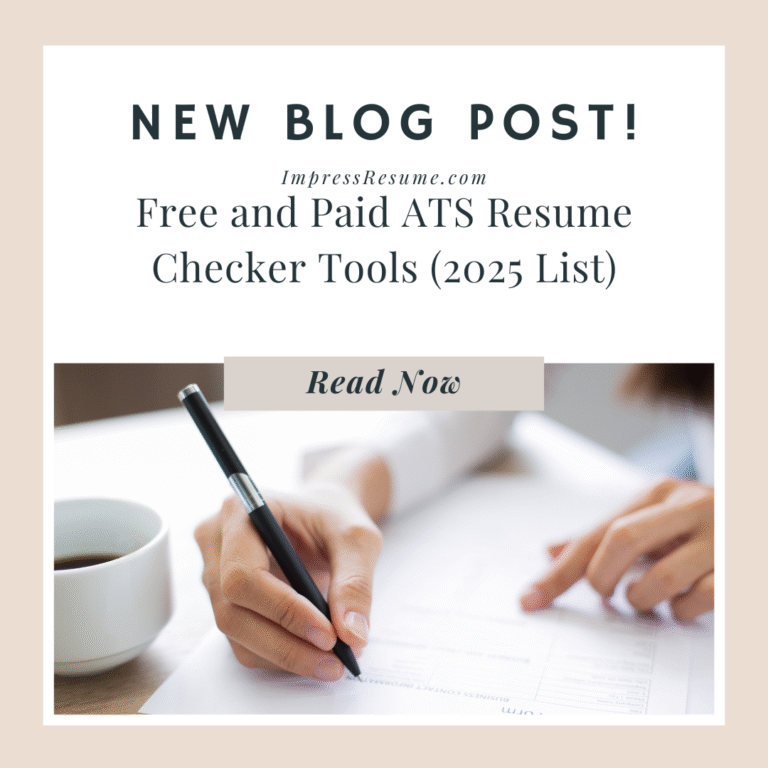ATS Explained: A Recruiter’s Guide to Applicant Tracking Systems (2025 Guide)
If you’ve applied for a job in the last decade, chances are your resume was reviewed by a machine before it ever reached a human. That machine? It’s called an ATS—short for Applicant Tracking System.
As a staffing recruiter, I’ve seen great candidates get overlooked simply because their resumes weren’t optimized for ATS software. This guide is here to explain what ATS is, how it works in 2025, and what you can do to make sure your resume doesn’t get filtered out before it has a chance.
What Is an ATS?
An Applicant Tracking System (ATS) is software that companies use to collect, scan, and sort resumes. It’s designed to make the hiring process more efficient, especially when recruiters are dealing with hundreds (or thousands) of applicants for a single position.
The ATS parses your resume into categories like education, experience, and skills. Then it compares that information against the job description to determine how well you match.
How Does an ATS Work?
In simple terms, here’s what an ATS does:
- Collects your application through a job board, company website, or career portal.
- Scans your resume for formatting and structure.
- Parses key information like job titles, companies, dates, degrees, and skills.
- Ranks candidates based on keyword matches and relevance to the job description.
- Displays top matches for the recruiter to review first.
If your resume is missing keywords, isn’t formatted correctly, or contains elements the ATS can’t read (like tables or images), your chances of getting seen by a recruiter drop dramatically.
Why ATS Matters in 2025
ATS software continues to evolve with AI, machine learning, and predictive hiring tools. In 2025, most ATS platforms can:
- Read PDFs, DOCX, and even Google Docs (though not always reliably).
- Detect soft skills and inferred traits through keywords.
- Flag formatting issues or missing information.
- Score applicants using proprietary algorithms.
This means the resume game has changed—and job seekers need to be more strategic than ever.
Common Resume Mistakes That ATS Rejects
- Using tables, graphics, or columns
- Uploading a file that isn’t ATS-readable (like JPG or a scanned document)
- Leaving off relevant keywords from the job posting
- Using unusual fonts or formatting
- Submitting your resume in an unstructured format
How to Make Your Resume ATS-Friendly
- Stick to simple formatting. Use a clean layout with clear section headers.
- Use standard fonts. Think Arial, Calibri, Times New Roman.
- Save as a DOCX or PDF. But make sure the PDF is ATS-compatible (not image-based).
- Include relevant keywords. Mirror the language in the job description—skills, certifications, job titles.
- Avoid tables and columns. ATS software often can’t read them accurately.
- Don’t put key info in the header or footer. ATS may skip it entirely.
Not Sure If Your Resume Is ATS-Ready?
That’s exactly why I created ImpressResume.com/shop—to help job seekers build ATS-optimized resumes without the guesswork. Our resume bundles are designed by a recruiter (me), for real job seekers who want clean, professional templates that pass through applicant tracking systems with ease.
Each bundle includes:
- An ATS-friendly resume template for Word and Pages
- A matching cover letter and reference page
- A writing and editing guide based on recruiter insight
- Affordable pricing (under $2)
It’s resume support made simple—and built to help your application actually get seen.
Final Thoughts from a Recruiter
The ATS isn’t going anywhere—it’s only getting smarter. But that doesn’t mean you’re powerless. When you understand how the system works and what it’s looking for, you can tailor your resume to beat the filter and make it into the hands of a real human.
Don’t let your qualifications get lost in the shuffle. Use tools that work with the system—not against it.
Your next opportunity might depend on it.







